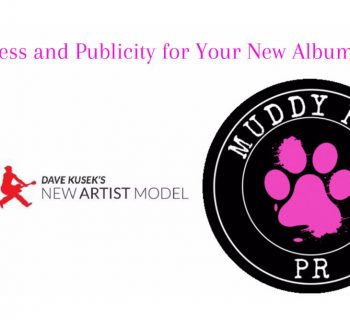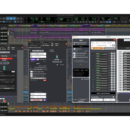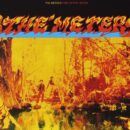When it comes to putting the finishing touch on their project, music-makers cannot afford to underestimate--or underfund--the professional mastering process. In the following exclusive interviews, acclaimed mastering engineers such as Bob Ludwig pull from years of experience in both analog and digital realms to give you key insights and advice that you can apply to your own recordings.
 Bob Ludwig
Bob Ludwig
Company: Gateway Mastering Studios
Clientele: Beyoncé, Led Zeppelin, Jimi Hendrix, Nirvana
Contact: gatewaymastering.com
While attending the University of Rochester, mastering legend Bob Ludwig impressed producer and engineer Phil Ramone and was, consequently, invited to work at A & R Recording. There he mastered alongside Ramone on records by artists including Neil Diamond, the Band and Burt Bacharach. As president and chief mastering engineer at Gateway Mastering Studios, he’s worked with more than 1,300 artists and has won a staggering 11 Grammys. He has won even more Technical Excellence & Creativity (TEC) Awards. This is Ludwig’s second time participating in MC’s Mastering Roundtable.
What are some of the biggest challenges facing mastering engineers today, aside from budgets?
The loudness war. There’s no need for it. Streaming services use “loudness normalization.” When a song is ingested, a standardized algorithm assigns it a number with respect to its loudness. The louder you make it, the more it will turn the sound down so that all the songs can be played at relatively the same level. Radio is similar. It’s hard to educate people. A&R reps have a lifetime of thinking that louder is better. Engineers are paranoid that [a song] won’t be accepted if it isn’t pre-mastered and made loud.
Jack White’s fans used to complain that his records were too crushed. He took it to heart and with [2012’s] Blunderbuss we did little if any mastering limiting. Just the compression that was in the mix. It was nominated for several Grammys and went Gold. No one complained that the sound was too low. It played fantastic on the air.
What have been your favorite technical developments over the past few years?
The quality of the analog-to-digital and digital-to-analog converters keeps improving. More attention is paid to high-resolution digital with sites like hdtracks.com. And there’s a new development called MQA [Master Quality Authenticated] made by Meridian [Audio]. It’s a way of packing high-resolution audio into much smaller files.
What are common problems you see in mixes?
If the mixer is paranoid and pre-masters it himself, that’s the kiss of death. I don’t have problems with the great mixers. They’re usually consistent. But it’ll take me longer if it’s coming from an engineer who’s only done 10 mixes in his life.
What are the best ways for artists to save money when it comes time to master?
Be organized, have your mixes properly labeled and listen to them on several different systems. Know which mix is the best. It’s always expensive to master a record and then have half of it get remixed. Hiring an experienced mix engineer can save you money by having it done right the first time.
How is mastering for vinyl different from mastering for CD or iTunes?
If you have a state-of-the-art cutting chain, you can duplicate closely what’s been sent. However, vinyl’s a flawed medium. As you get closer to the label, the high frequencies can’t be reproduced by the playback cartridge no matter how good it is. Also, the amount of groove that passes the needle in the outer band is two to three times greater than the inner band. At the outer-most diameter of 11 and a half inches, the groove travels at 20 inches per second. At four and a quarter-inch diameter––the closest to the label the specification allows––the speed is reduced to eight point three inches per second. It’s a steadily collapsing medium and the distortion goes up as you approach the center.
The other thing is sibilance. You can cut 20,000 cycles with a good cutting system. But you can’t sustain it for more than a couple of milliseconds, otherwise it’ll burn out the cutter head.
Final thoughts?
We’re super-busy and we’re amazed because recently I heard that the Number One country album only sold 16,000 copies to reach that spot. With the cultural acceptance of stealing, it’s hard for artists to survive. People feel that artists don’t need to make money on CD’s; that they can make it on tour. Producers and engineers don’t make money from tours. It’s a problem that budgets have been slashed as much as they have been. •













